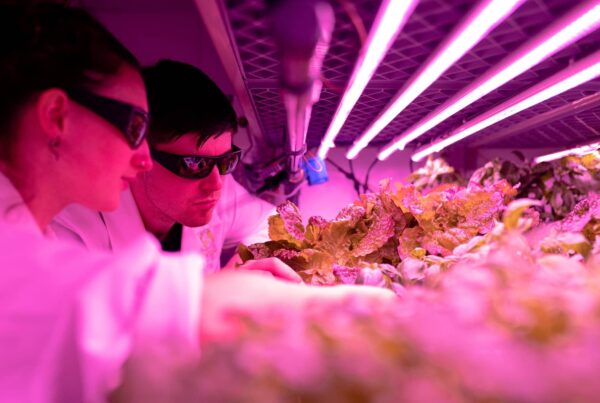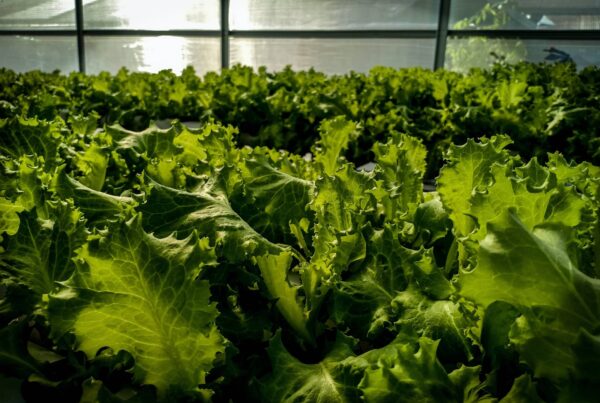Last week our Technical Advisory Committee met in Portland to begin the process of developing a cannabis energy standard that will ultimately define what it means to be energy efficient across a range of cannabis cultivation facilities, from indoor, to outdoor to hybrid.
We covered a lot of ground, and most of it was rooted in data.
After reviewing a dataset showing the energy profiles of 39 Oregon producers and 102 production events, we discussed, among other topics:
- The proliferation of energy use across all forms of cultivation
- Uncertainties in the market related to LEDs in the flowering stage
- Challenges with HVAC economizers and codes, and
- Generally, the need for additional energy data to guide the development of standards
Then we dove into an analysis of our upcoming Cannabis PowerScore,™ a self-audit tool we’re developing to help growers compare their energy performance relative to like producers. The idea is to empower cultivators and business owners with a quick assessment of their ability to compete in the market as competition increases and prices inevitably fall.
We left the meeting with a consensus view on how to help growers assess the energy footprint of cultivation operations:
- Key metrics to track include:
- Annual kilowatt hours consumed per gram sold
- Annual kilowatt hours consumed per square foot of flowering canopy
- Lighting and HVAC details like number of units, wattage, set points and others are critical to creating a deeper understanding of where to pinpoint specific opportunities for saving energy
- These data points can be collected via the PowerScore™ in quick and efficient ways for growers. (To this point, we’ll soon be asking for input on the functionality of the tool. We’d appreciate it if you took a test drive. Connect with us and we’ll keep you posted on its release.)
It’s humbling to be among the talent in the room at our TAC meetings. Leading cultivators, lighting and HVAC manufacturers, utilities and energy experts, facility designers, environmental engineers – all striving to guide the industry toward the efficient future we all want to see.






